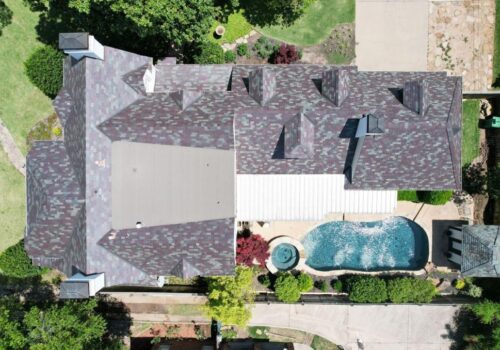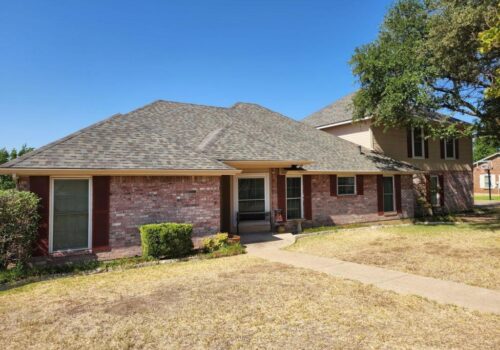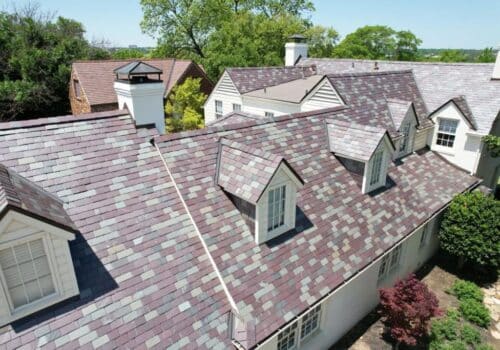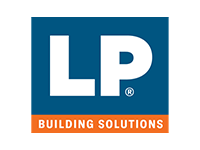Storm windows are an excellent addition to any home, providing a range of benefits such as energy efficiency, noise reduction, enhanced security, and protection against the elements. If you're considering installing storm windows, this ultimate guide will walk you through everything you need to know about storm window installation. From understanding the types of storm windows available to the step-by-step installation process, we've got you covered.
What Are Storm Windows?
Storm windows are additional windows that are installed on the exterior or interior of existing windows. They create an extra layer of insulation and protection, offering numerous advantages for homeowners. Whether you're dealing with extreme weather conditions or seeking to improve energy efficiency, storm windows can be an effective solution.
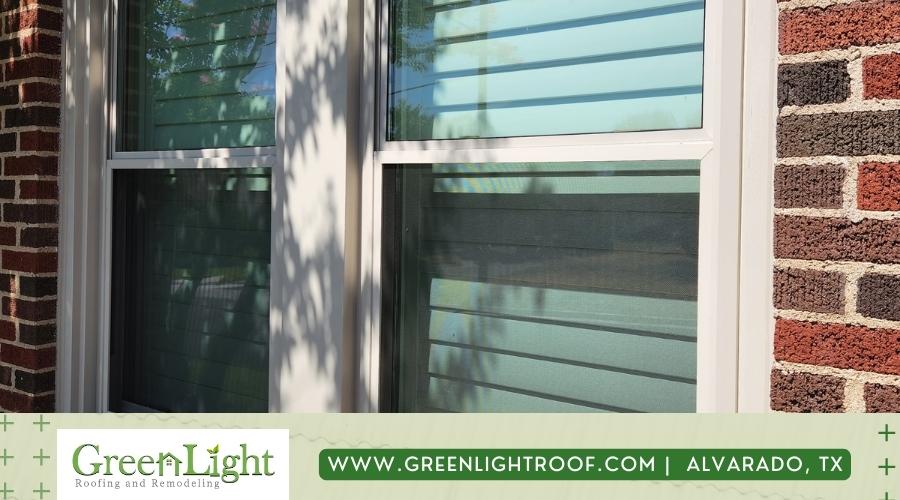
Benefits of Storm Window Installation
- Energy Efficiency
One of the primary benefits of installing storm windows is improved energy efficiency. By creating an additional barrier, storm windows help prevent air leakage and drafts, reducing the workload on your heating and cooling systems. This, in turn, can lead to significant energy savings and a more comfortable living environment. - Noise Reduction
If you live in a noisy neighborhood or near a busy street, storm windows can act as a sound barrier, reducing external noise infiltration. The extra layer of glass and insulation helps dampen sounds, providing a quieter and more peaceful indoor space. - Enhanced Security
Storm windows also offer enhanced security for your home. They provide an added layer of protection against break-ins by making it more difficult for intruders to access your windows. Additionally, storm windows with reinforced glass or laminated options can withstand impact, making it even more challenging for burglars to penetrate. - Protection Against the Elements
Storm windows serve as a shield against the elements, protecting your primary windows from harsh weather conditions. They help prevent damage caused by rain, wind, snow, and extreme temperatures, prolonging the lifespan of your windows and reducing maintenance costs.
Types of Storm Windows
When it comes to storm windows, there are several types to choose from based on your specific needs and preferences.
Exterior Storm Windows
Exterior storm windows are installed on the outside of your existing windows. They typically consist of a frame and a separate glass or plastic panel that can be easily removed or replaced. Exterior storm windows are more visible but offer superior protection against the elements.
Interior Storm Windows
Interior storm windows, as the name suggests, are installed on the inside of your existing windows. They are designed to fit snugly within the window frame and provide an extra layer of insulation. Interior storm windows are less noticeable from the outside and can be easily removed for cleaning or ventilation purposes.
Combination Storm Windows
Combination storm windows offer the best of both worlds by combining the features of exterior and interior storm windows. They consist of a primary glass panel and an additional storm panel that can be either installed on the exterior or interior side of the window. This versatility allows homeowners to adapt to different weather conditions and preferences.
Factors to Consider Before Installing Storm Windows
Before diving into the installation process, there are a few essential factors to consider.
- Climate and Weather Conditions
The climate and weather conditions in your area play a significant role in determining the type of storm windows you need. If you experience severe storms, high winds, or extreme temperatures, opt for sturdy storm windows that provide maximum protection. - Window Size and Type
Ensure that you accurately measure the size of your windows to determine the appropriate storm window size. Different window types, such as casement, double-hung, or picture windows, may require specific storm window designs or mounting options. - Material and Design Options
Storm windows come in various materials, including aluminum, vinyl, and wood. Each material has its advantages and considerations in terms of durability, maintenance, and aesthetic appeal. Choose a material that suits your preferences and complements your home's architectural style. - Budget and Cost Considerations
Consider your budget when selecting storm windows. Prices can vary based on factors such as material, design, and additional features. It's essential to find a balance between quality and affordability.
Tools and Materials Required for Storm Window Installation
Before starting the installation process, gather the necessary tools and materials:
- Tape measure
- Screwdriver or drill
- Level
- Caulk gun
- Window sealant or weatherstripping
- Mounting brackets or clips
- Screws or fasteners
- Ladder or step stool (if needed)
Make sure you have everything ready to ensure a smooth and efficient installation.
Step-by-Step Guide for Installing Storm Windows
Follow these step-by-step instructions for a successful storm window installation in Fort Worth, TX:
- Measuring and Ordering Storm Windows
Begin by accurately measuring the dimensions of your existing windows. Measure the height, width, and depth of each window opening. Use these measurements to order or purchase the appropriate-sized storm windows. - Preparing the Window Opening
Before installing the storm windows, clean the window frames and sills to ensure a clean surface. Remove any dirt, dust, or debris that could affect the installation process. Inspect the existing windows for any damage or signs of wear that may require repairs. - Installing the Storm Window
If you're installing exterior storm windows, start by attaching the mounting brackets or clips to the window frame according to the manufacturer's instructions. Then, carefully place the storm window panel into the brackets or clips and secure it in place using screws or fasteners. - For interior storm windows, place the window panel within the window opening, ensuring a snug fit. Some interior storm windows come with compression strips or weatherstripping that should be pressed firmly against the window frame to create a tight seal.
- Caulking and Sealing
To prevent air and moisture infiltration, apply window sealant or caulk along the edges of the storm window where it meets the window frame. Pay close attention to the corners and seams to ensure a watertight seal. Smooth out the caulk with a caulking tool or your finger for a neat finish. - Testing and Adjustments
Once the storm windows are installed and sealed, test their functionality by opening and closing them to ensure smooth operation. Check for any gaps or air leaks around the window frame and apply additional sealant if necessary. Adjust the mounting brackets or clips as needed to ensure a secure and level fit.
Maintenance Tips for Storm Windows
To ensure your storm windows continue to provide the desired benefits, follow these maintenance tips:
- Cleaning and Care
Regularly clean your storm windows with a soft cloth or sponge and mild soap to remove dirt, dust, and grime. Avoid using abrasive cleaners or materials that could scratch or damage the glass or frame. Rinse thoroughly and dry with a clean cloth. - Inspecting for Damage
Inspect your storm windows periodically for signs of damage or wear, such as cracks, chips, or gaps. Repair or replace any damaged components promptly to prevent further damage or loss of functionality. - Repairs and Replacements
If your storm windows require repairs, such as re-caulking or replacing mounting hardware, address them promptly to ensure the continued effectiveness of the windows. If your storm windows are beyond repair, consider replacing them with new ones.
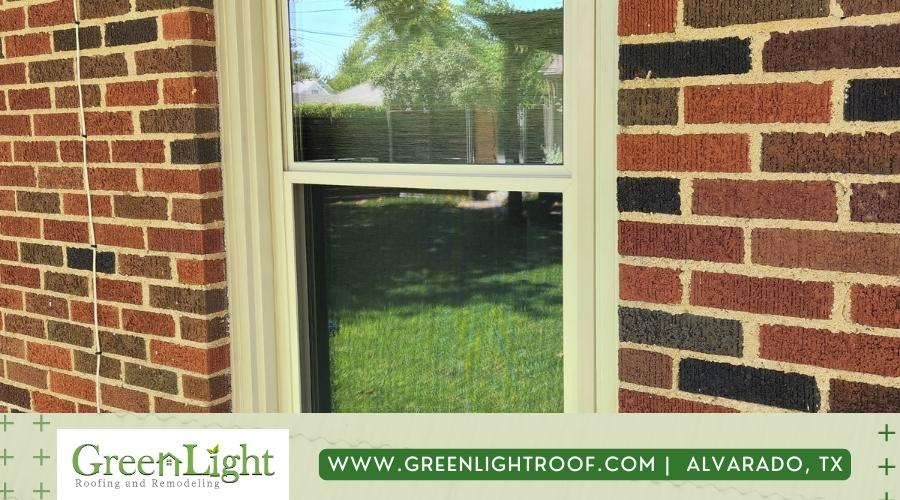
Upgrade Your Home with GreenLight Roofing and Remodeling's Premium Storm Window Installation
Storm windows are an excellent investment for homeowners looking to improve energy efficiency, enhance security, reduce noise, and protect against the elements. By understanding the types of storm windows available, the installation process, and maintenance tips, you can enjoy the benefits of storm windows for years to come. If you need any professional window installation in Fort Worth, We are here for you!
FAQs
Are storm windows effective for soundproofing?
Yes, storm windows can be effective for reducing noise infiltration and improving soundproofing.
Can I install storm windows myself, or should I hire a professional?
While it is possible to install storm windows yourself, it's recommended to hire a professional window installer near you for the best results, especially if you're not comfortable with DIY projects.
How long do storm windows typically last?
The lifespan of storm windows can vary depending on factors such as material, design, and maintenance. With proper care, most storm windows can last up to 15-20 years.
Are storm windows suitable for all types of windows?
Storm windows are compatible with most window types, but it's essential to choose the appropriate design and mounting option for your specific window type.
Can storm windows help reduce heating and cooling costs?
Yes, storm windows can help reduce heating and cooling costs by providing an additional layer of insulation and reducing air leakage and drafts.



